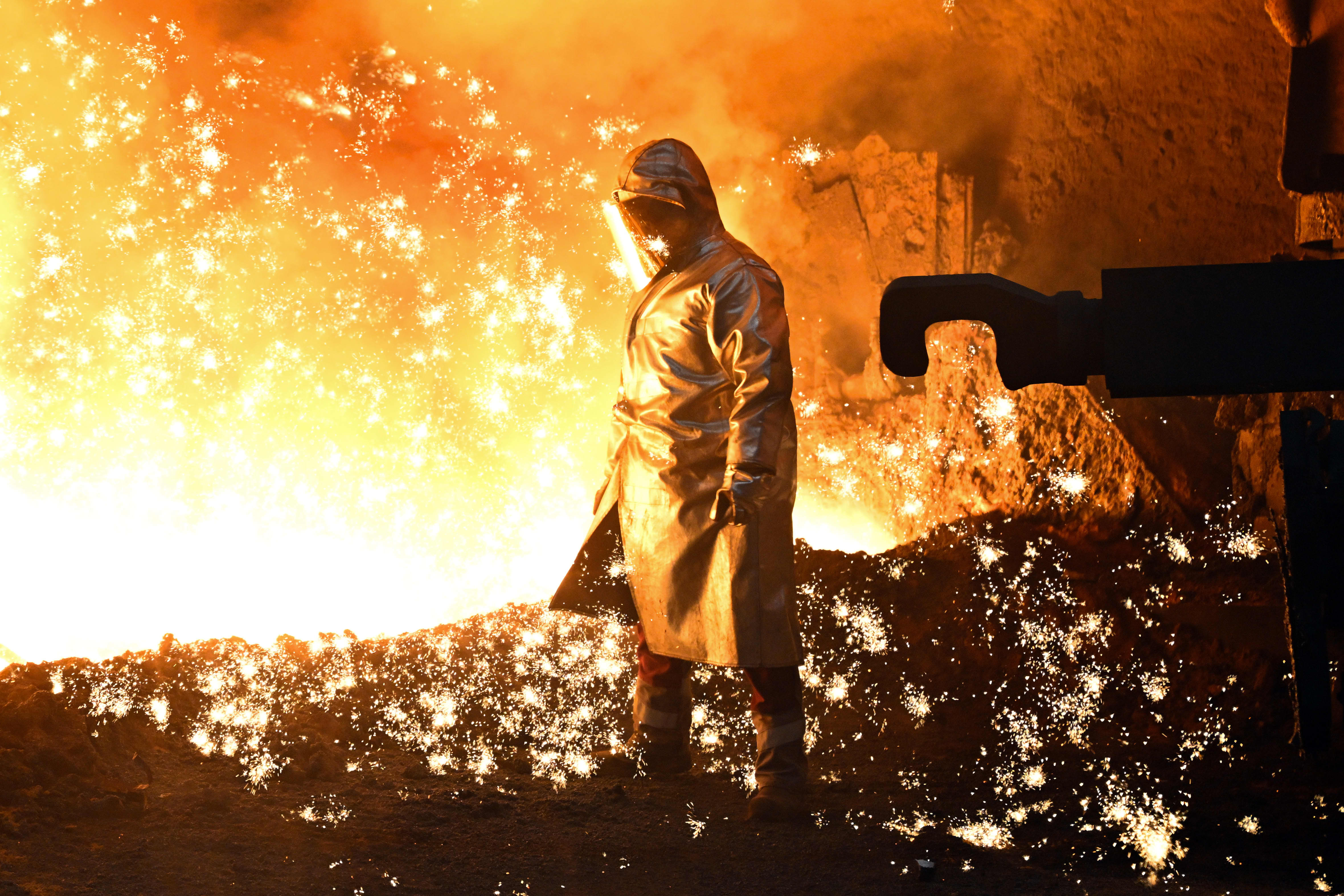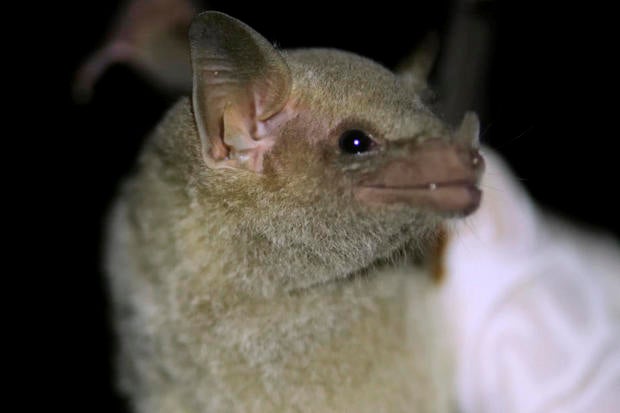
An employee stands at a blast furnace. In November, Thyssenkrupp Steel announced that the number of jobs in the steel sector would be reduced by 11,000 to 16,000 within six years.
Picture Alliance | Picture Alliance | Getty Images
U.S. President Donald Trump on Sunday told reporters that he planned to announce new 25% tariffs on Monday, targeting imports of steel and aluminum.
The proposed levies would be in addition to existing duties. No timeline for implementation was specified at this time.
The two metals are vital components in various industries, including transportation, construction, and packaging.
Here’s a look at the biggest potential winners and losers if Trump goes ahead with his 25% steel and aluminum tariffs.
The United States
U.S. steel imports have declined substantially over the past decade, official data shows, falling 35% between 2014 and 2024 — despite a 2.5% annual uptick to 26.2 million metric tons last year. Meanwhile, U.S. steel exports to the rest of the world contracted by 2.4% between 2023 and 2024.
America’s aluminum imports, however, have risen 14% over the past decade, with U.S. exports of the metal rising progressively since 2020.
On Monday, CRU Analyst James Campbell told CNBC that he expected the potential tariffs to have varying effects on the U.S. over time.
“At the start, this could damage demand,” he said. “In the longer term, we can see investment coming through.”
This developing story is being updated.

